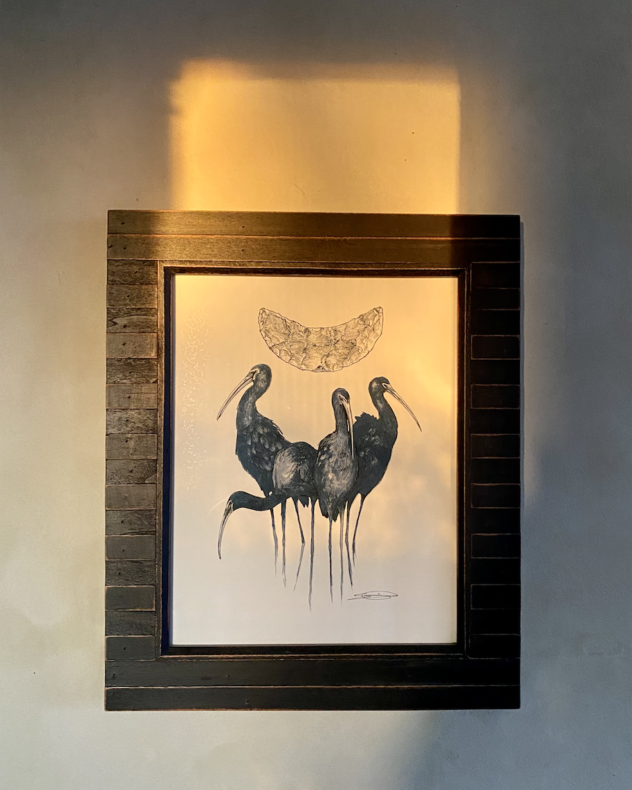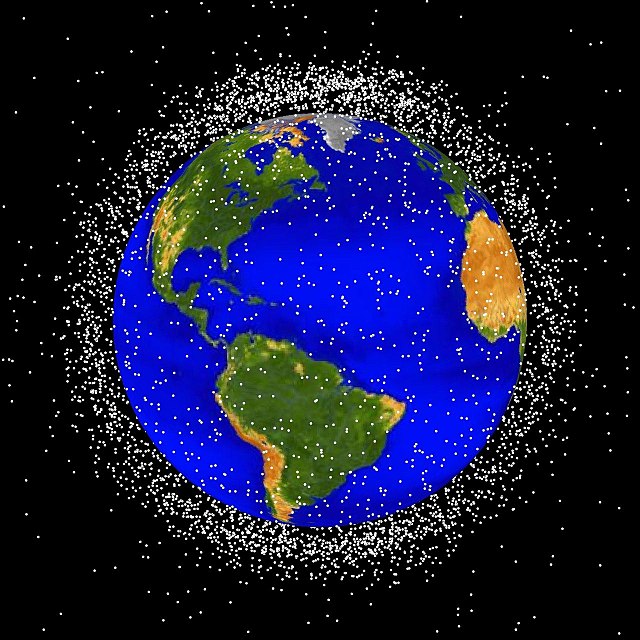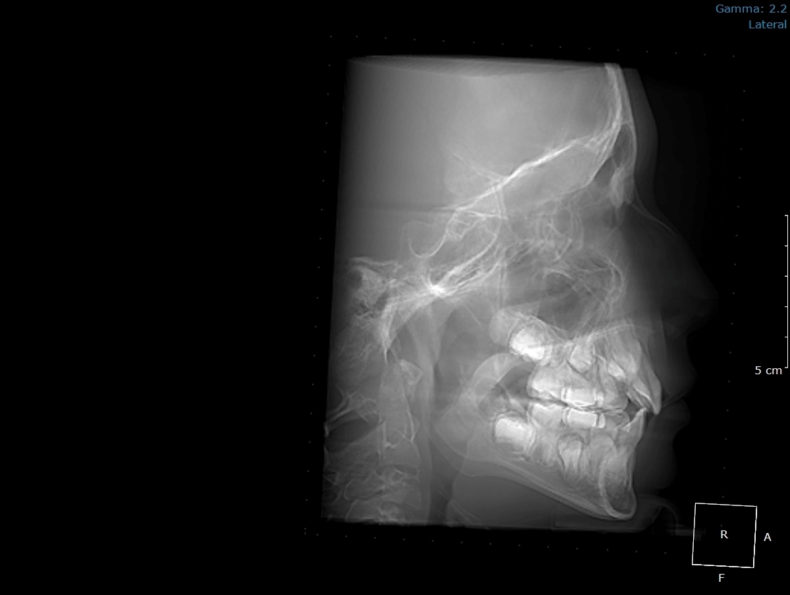
Daylight Savings Time swapped out almost a month ago and I’m still off kilter. Who thought of such an assault on the senses? We’re sapiens and all, masters of adaptation, but mind and body don’t like to be parted.
I prefer watching light shift day by day, squares of sunshine stepping forward and back across the floor, a waltz of seasons luring the body’s rhythms. Autumn shadows are coaxed out of their corners like shy rabbits, and then we slam an hour ahead and it feels like the entire house shudders. It takes weeks for me to match the sun’s movement to my own. Shadows and light are all over the place and I feel like I’m running around trying to collect all the hopping rabbits. It’s now dark before I start thinking about dinner.
On the plus side, my morning drive taking my kid to school on winding rural roads leads us into the shadow of a nearby 11,000-foot-tall mountain. The apex of the shadow lands exactly on an intersection at the time we drive through, margin of error hardly a minute. We know the pinnacle casting the shade because we’ve climbed it, so we both marvel each morning as we pass through this intersection. We can almost see ourselves up there. Thanks, Daylight Savings for that. An hour earlier and we’d miss it entirely.
The shadow of Mount Lamborn in western Colorado is, of course, transient. The sun is rolling south, rising a minute later every day and farther out on the winter horizon. By next week, our alignment will be over. We won’t see it again until shadows swing back into February, the summit pointing onto our intersection, and then Daylight Savings Time will slam us again.
Once or twice a year, I come out with a post about time and seasons because I can’t help noticing the second hand of the moon pushing the big hands of sun and stars. Maybe we all notice, but I feel the need to stand up and say something, which we’ve been doing as a species for a long time. A few months ago, Autumnal Equinox light fell on ancient rock art near where I live. Just across the way in Utah, a thousand-year-old bird petroglyph releases an egg of sunlight, the bird pecked into red rock to line up with the sun twice a year, March 21 and September 21. A friend sent me pictures this year, letting me know it was still happening. This isn’t an isolated occurrence. The desert out here is littered with prehistoric imagery lined up with seasonal light and shadow patterns. The study is called archaeoastronomy. Summer Solstice in June is like a fireworks show across the whole of the Southwest, an arrowhead of light piercing a petroglyph snake in Utah, light dagger through the middle of a spiral in Chaco Canyon in New Mexico. On that same day, northernmost position of the sun, the final minute of sunset lands squarely on a piece of framed art made by our own Person of LWON, Sarah Gilman (her art on that day is pictured above). It wasn’t planned that way, and it lasts only for a few days in our house. Serendipity, I believe it is called. Synchronicity for those so inclined.
Continue reading




